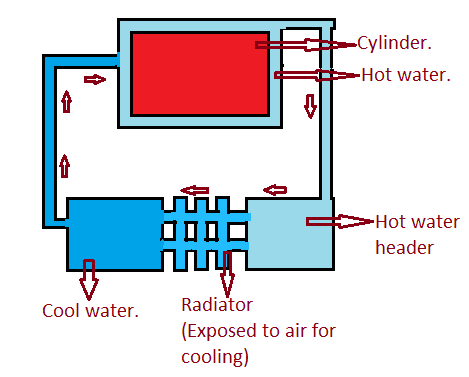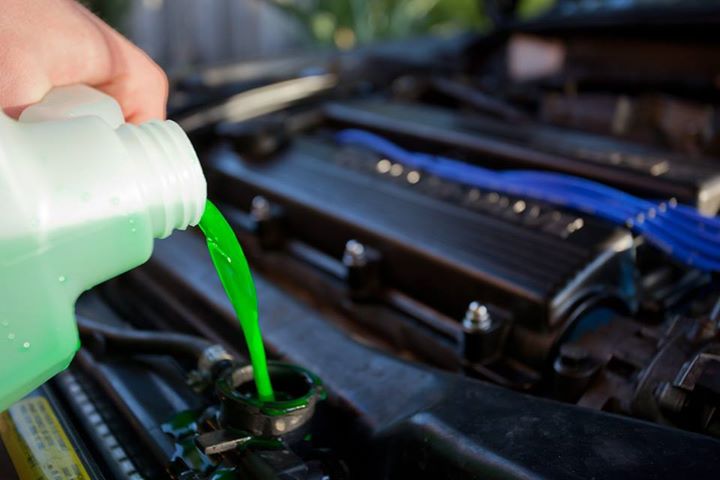Muff couplings, also known as bellows couplings, are a type of mechanical joint used to connect two shafts together. They are commonly used in applications where there is a need for misalignment or angular movement between the two shafts. While muff couplings have a number of advantages, such as their ability to absorb vibrations and shock loads, they also have some disadvantages that must be considered before using them in a particular application.
Advantages of Muff Coupling
Muff couplings, also known as sleeve couplings, are a type of shaft coupling that is used to connect two shafts together. They are commonly used in industrial and mechanical applications, such as in motors, pumps, and conveyors.
One of the main advantages of muff couplings is their simplicity. They consist of two sleeves that are placed over the shafts to be connected, and a set screw that tightens the sleeves onto the shafts. This makes them easy to install and remove, and they do not require any special tools or equipment.
Another advantage of muff couplings is their flexibility. They can accommodate slight misalignments between the shafts, which can occur due to the normal wear and tear of machinery. This means that they can compensate for slight inaccuracies in the alignment of the shafts, which can help to prevent damage to the machinery and prolong its lifespan.
Muff couplings are also relatively low-cost, making them a cost-effective solution for many industrial and mechanical applications. They are also durable and can withstand high levels of torque and stress, which makes them suitable for use in high-performance applications.
In addition, muff couplings are also maintenance-free, which means that they do not require any regular maintenance or lubrication. This can save time and money in the long run, as well as reducing the risk of downtime due to maintenance.
Overall, muff couplings are a simple, flexible, low-cost, and durable solution for connecting shafts in industrial and mechanical applications. They are easy to install and maintain, and can accommodate slight misalignments between the shafts, which can help to prolong the lifespan of the machinery.
Disadvantages of Muff Coupling
One major disadvantage of muff couplings is their relatively high cost compared to other types of mechanical joints. This is because they are typically made from high-strength materials, such as stainless steel or aluminum, which can be expensive. Additionally, the bellows element of the coupling must be formed and welded to the flanges, which can add to the cost.
Another disadvantage of muff couplings is that they have a limited angular and parallel misalignment capability. They are designed to handle a certain amount of misalignment, but if the misalignment exceeds this limit, the bellows can become damaged and the coupling will fail. This can be a problem in applications where the shafts are subject to significant movement or where the alignment of the shafts is not well-controlled.
Muff couplings also have a limited capacity for torque transmission. While they can handle moderate amounts of torque, they are not suitable for high-torque applications. This can be a limitation in applications where high torque loads are expected.
Additionally, muff couplings are typically not recommended for high-speed applications because they can experience excessive vibration and wear at high speeds. This can lead to premature failure of the coupling and potential damage to other components in the system.
In summary, muff couplings are a versatile and effective mechanical joint that can handle a range of misalignment and vibration, but they have some significant disadvantages, including high cost, limited misalignment and torque capacity, and are not suitable for high-speed and high-torque applications. Careful consideration of the specific requirements of the application is necessary to determine whether muff couplings are the best choice.


